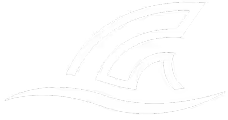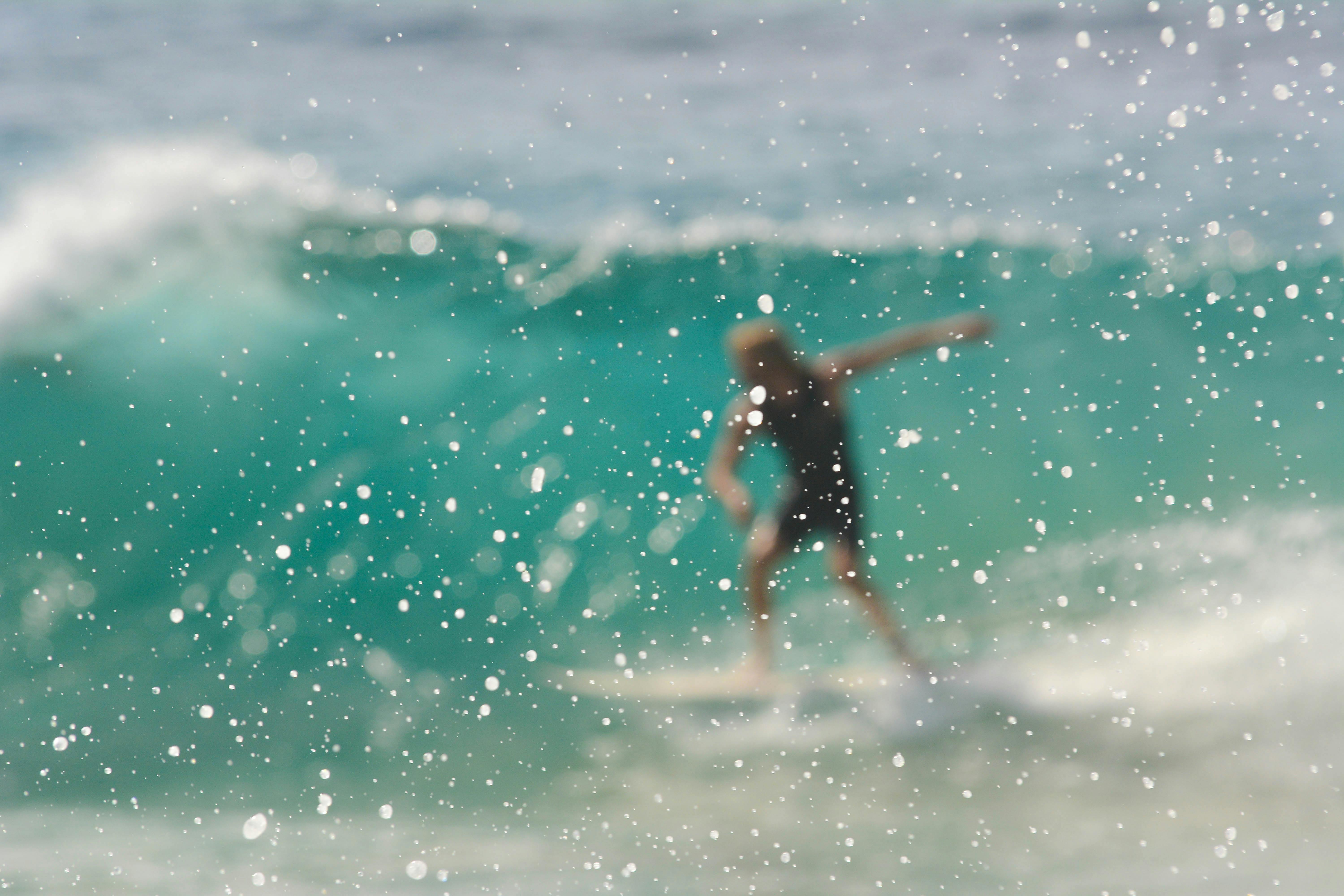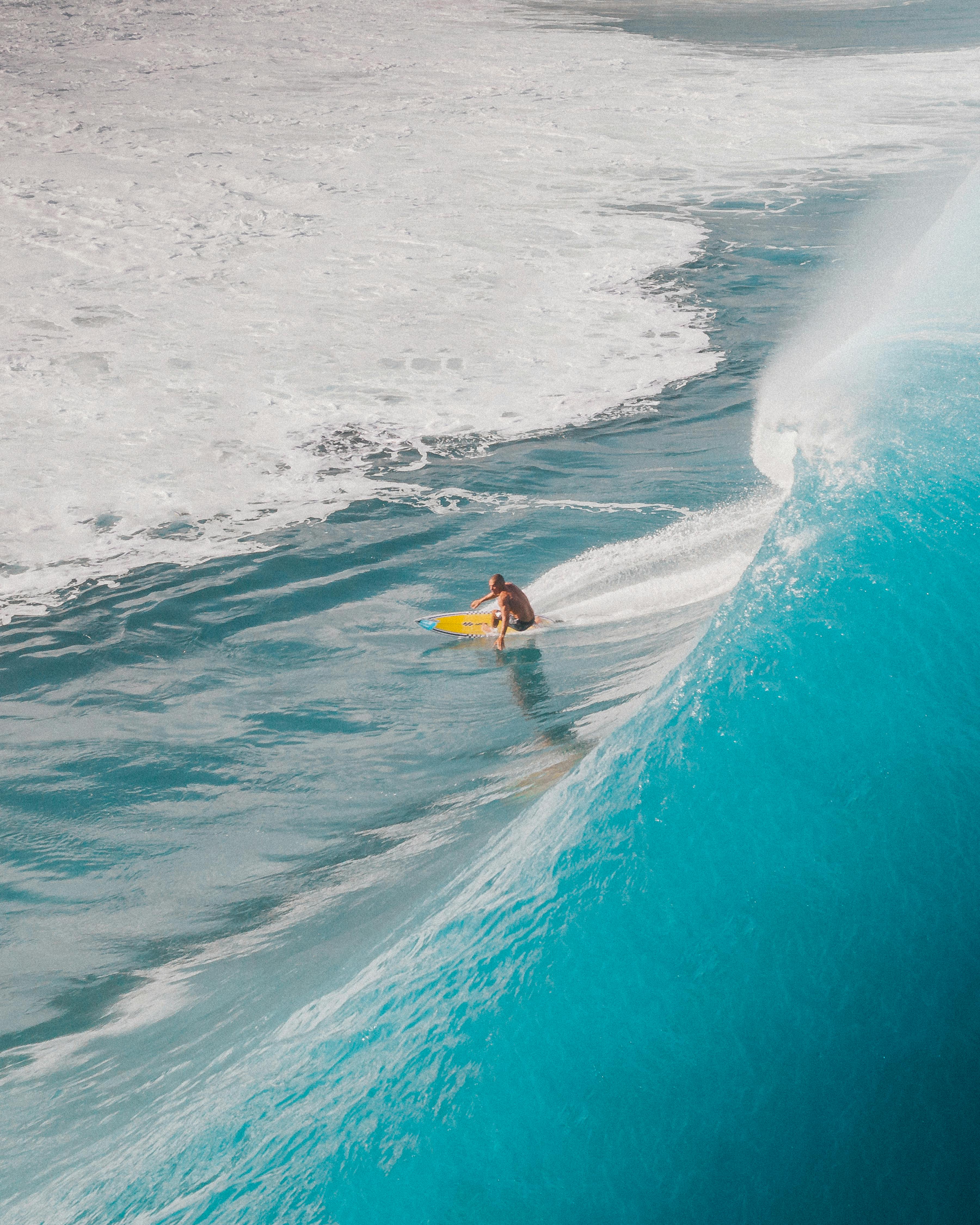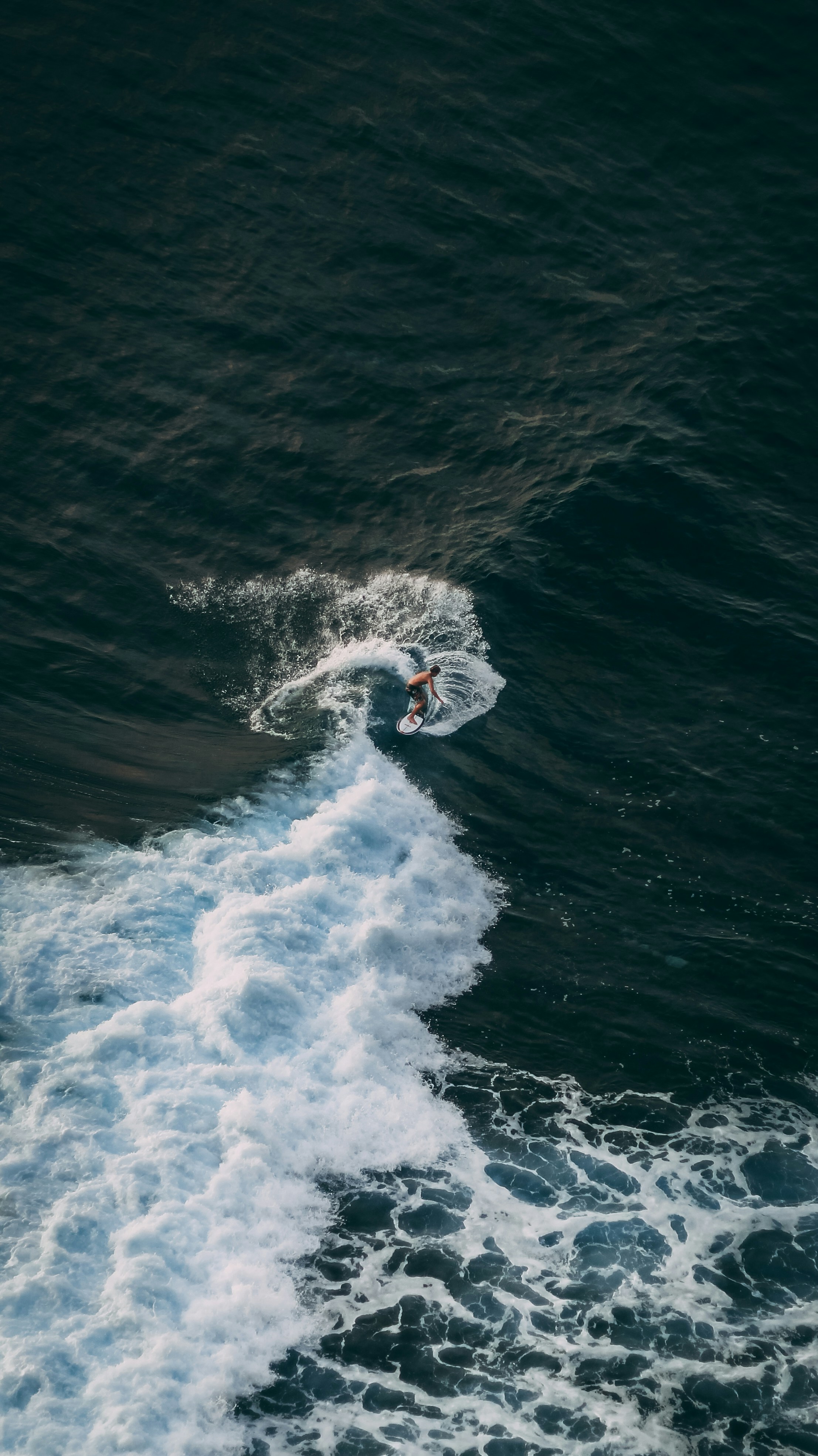How to Practice Your Pop-Up at Home – And Actually Make It Better
The pop-up is one of the few surfing skills you can train without waves.
But most people just rep it randomly and hope for the best.
Here’s how to practice it properly – so your dryland reps actually transfer to the water.
1. Set Up Like It’s a Real Wave
Skip the guesswork. Use tape.
– A vertical line (center stringer)
– Horizontal lines where your feet should land
If you're using a yoga mat or the floor, you’ll want both.
If you’re using a surfboard with a traction pad, tape the front foot line only.
This gives you instant feedback:
– Are your feet centered?
– Too narrow? Too wide?
– Are you adjusting your stance after popping up (because it landed wrong)?
2. Mirror + Phone = Built-In Coach
A mirror shows your stance.
A camera shows your technique.
Film yourself in slow-mo from the side and front. You'll instantly spot:
– Toe pushing
– Off-center feet
– Front foot hesitation
– Bent-over chest after takeoff
Don’t rely on feel – it lies. Footage tells the truth.
3. Choose the Right Pop-Up for Your Board
Different boards = different techniques.
- Standard Pop-Up – fast and explosive (for shortboards)
- Chicken Wing – more controlled, ideal for beginners or mids
- Push-Up – great for foam boards and longboards
- Knee Step-Up – slower, but better for surfers with limited mobility
Test them out. Choose the one that fits your board and body.
4. Break It Down. Then Speed It Up.
Instead of blasting through reps, start slow.
Split the motion into steps. For example:
Standard pop-up:
“Push up – swing knees – back foot – front foot – stance”
Chicken wing:
“Back foot – wing – push – front foot – stance”
Once it’s clean and consistent? Then build speed.
5. Repetition Builds Precision
10 clean reps a day is better than 50 sloppy ones.
Build your movement memory before the next trip – so you don’t have to think when the wave lifts you.
How TRAX Helps You Nail the Timing
Practicing on land is great – but real progress happens when land drills meet ocean feedback.
TRAX tracks your takeoff angle, timing, and foot position on the board.
It shows:
– Where your nose lifts too early
– Whether your back foot lands in the right zone
– How long your board takes to plane after the pop-up
And it feeds you drills to help clean up the most common errors.
Want to lock in your takeoff – for real? Start with dryland drills, then sync them with session data.
Related Reading:
→ Fix Your Surf Pop-Up – These 4 mistakes still trip up most surfers.
→ How to Catch More Unbroken Waves – No pop-up matters if you're not in the wave.








